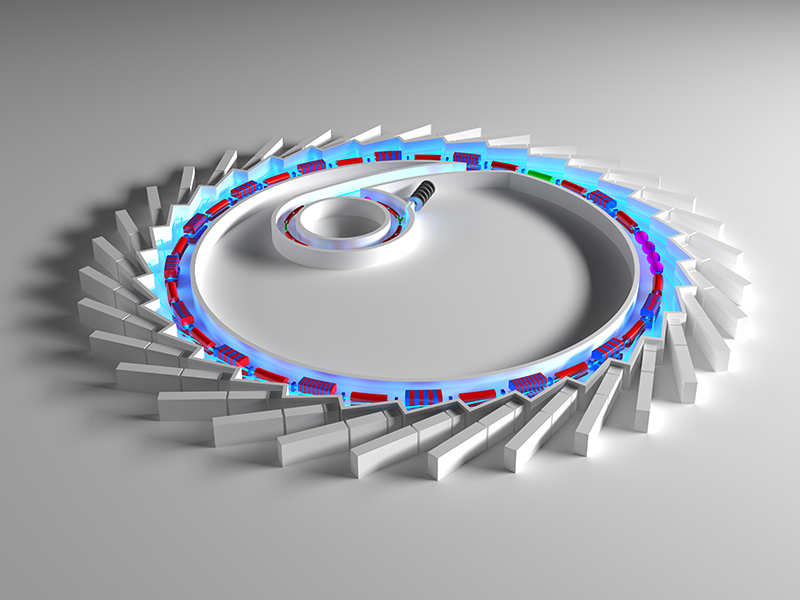If SSMB EUVL works out, do you expect the cost of Chinese advanced nodes to be lower than those of LPP EUVL? Since a single synchrotron can supply several stations, it seems a distinct possibility.
very possible. the limitation of course will be land use, but that's an infrastructure problem, and infrastructure is what China is good at.
the other thing is that SSMB EUVL allows for independent development of light source and optics, and
isn't actually limited to 13.5 nm since synchrotron radiation is arbitrarily tunable.
Like I said before, the wavelength selection for lithography is all about the photochemical interaction with the resist.
away from incident site of the EUV radiation. This causes line blurring.
DUV from ArF (193 nm) and KrF (248 nm) on the other hand, as the article above states, directly ionizes molecules to break bonds and cause chemical reactions. That means that they fulfill the condition of only causing chemical changes at exactly the point of incidence. This is especially true for ArF hardmask resists which help with the photoacid diffusion problem.
But why do they choose 13.5 nm then?
The actual mechanism of the source is the same as any other gas phase light source: use some mechanism to ionize a gas phase molecule then when it falls back to ground state it emits light. You can't arbitrarily tune atomic energy levels, they are what they are and you have to just work with it.
But what if, you could get wavelengths shorter than 193 nm, with just as high brightness, but tune it to a wavelength that doesn't produce secondary electrons, so resist development is easier? And it was costless to tune the wavelength? That's what SSMB can offer.


